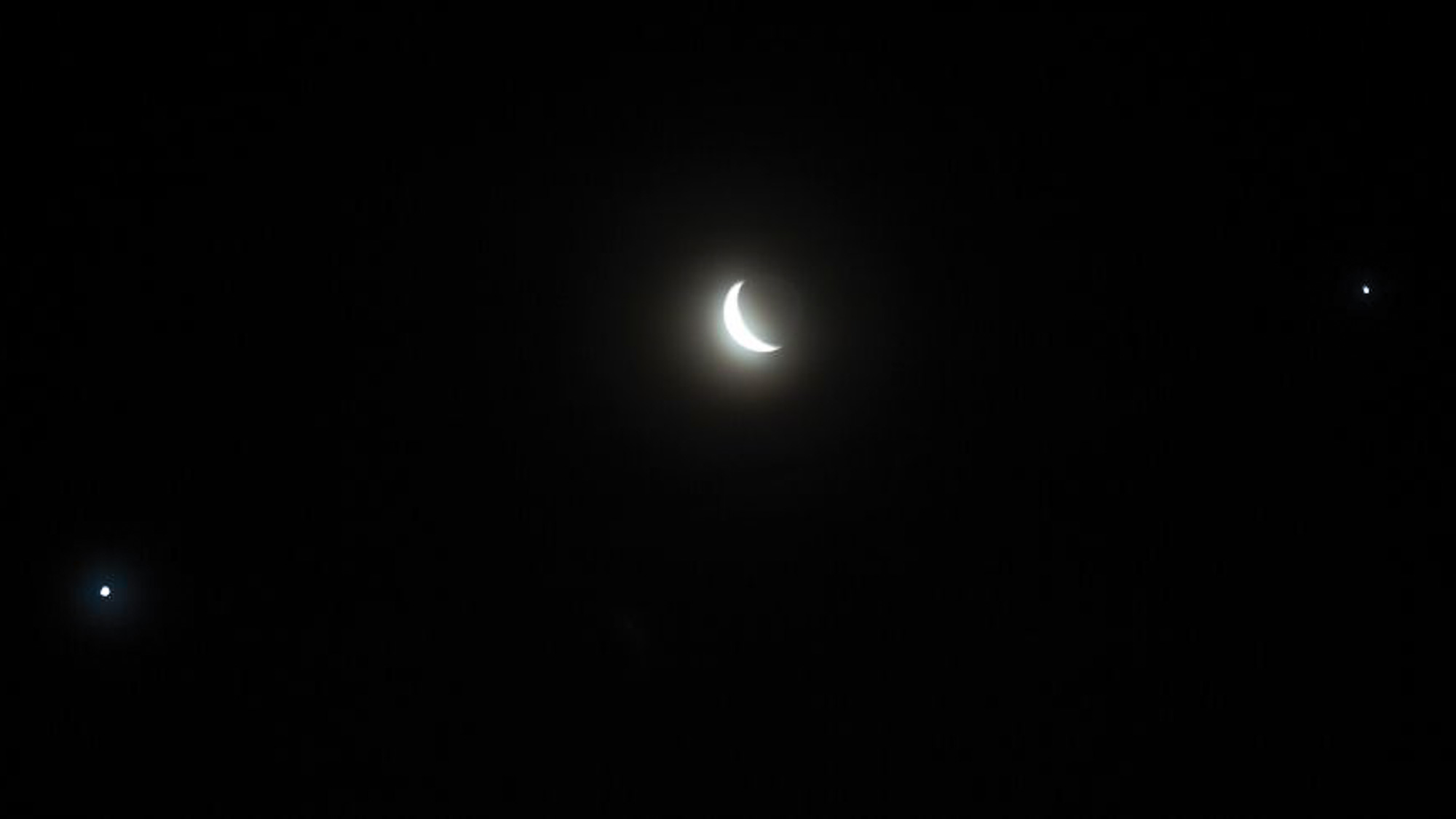Astrophotography in your backyard #2: shooting Venus and other planets
Venus, Jupiter, Saturn and Mars are all visible in the night sky – this is where to look and how to photograph them

The lockdown is helping to create the best night skies for years. The lack of pollution from aircraft and cars, and a cut in light pollution from the vehicle headlights, has contributed to sparkling night skies in recent weeks. Either way, there hasn’t been a better week for decades to get out into your back garden (or poke a camera out a window) to capture some sparkling celestial events.
In the second of our five-part series on backyard astrophotography we are going to look at the planets.
Venus has been a sparkling sight for all of 2020 thus far, and this week it is almost at its very brightest, right after sunset, high in the west.
For early risers there’s a tempting parade of planets in the southeastern pre-dawn sky; Jupiter, Saturn and Mars. Jupiter, on the far right, is the brightest, with Saturn slightly closer to it, and ruddy Mars to the left, closer to the horizon. Although it’s a stunning sight to see with the naked eye, a line of planets can look a little flat in a photograph.
However, dial-in something close to the ‘usual’ settings for a night sky photograph. ISO 800 is a good starting point because it will reveal stars without artificial light (pollution) creating too much image noise. You need to manually focus on infinity (use Live View if you have it, and set a manual exposure time of about 20-25 seconds.
Try framing them around a chimney pot or a TV aerial for a home-baked look.
• See other backyard astrophotography projects in this series
The best camera deals, reviews, product advice, and unmissable photography news, direct to your inbox!
Read more
• The best lenses for astrophotography
• The best camera and gear for shooting the night sky
• Best light pollution filters
• The best telescopes for astrophotography

Jamie has been writing about photography, astronomy, astro-tourism and astrophotography for over 15 years, producing content for Forbes, Space.com, Live Science, Techradar, T3, BBC Wildlife, Science Focus, Sky & Telescope, BBC Sky At Night, South China Morning Post, The Guardian, The Telegraph and Travel+Leisure.
As the editor for When Is The Next Eclipse, he has a wealth of experience, expertise and enthusiasm for astrophotography, from capturing the moon and meteor showers to solar and lunar eclipses.
He also brings a great deal of knowledge on action cameras, 360 cameras, AI cameras, camera backpacks, telescopes, gimbals, tripods and all manner of photography equipment.

